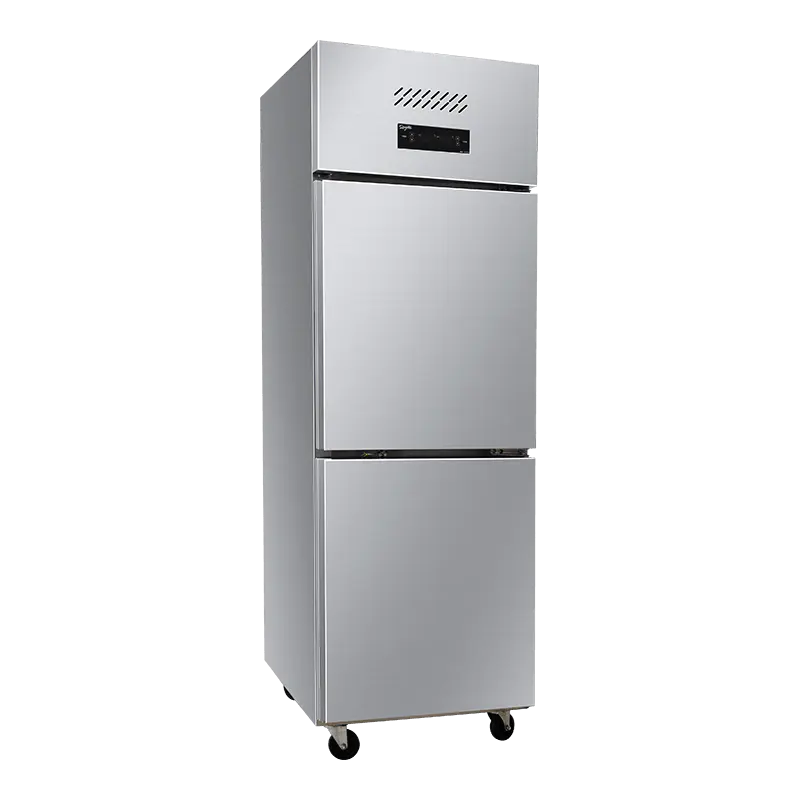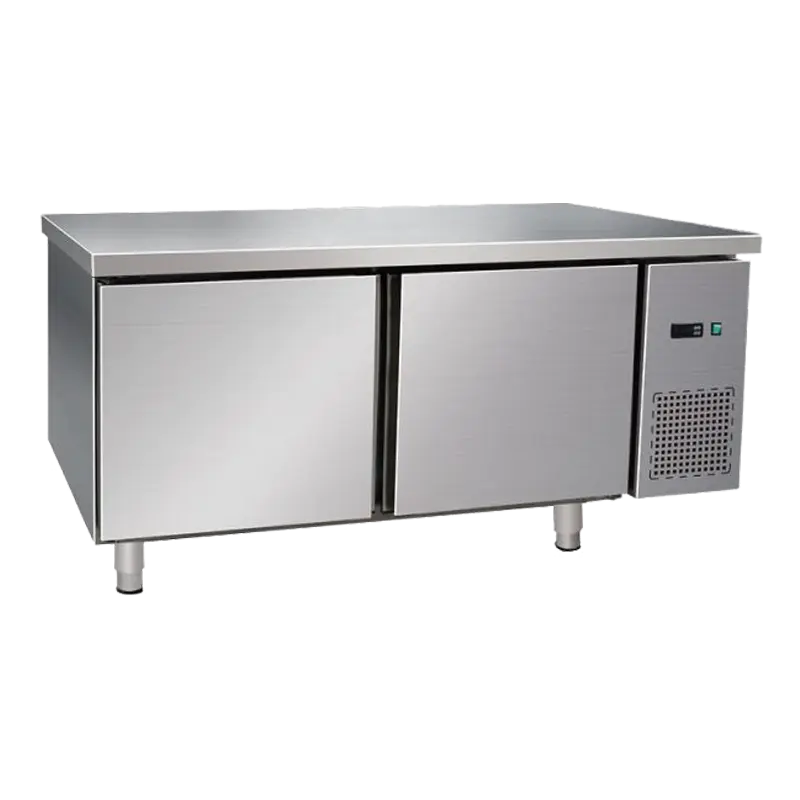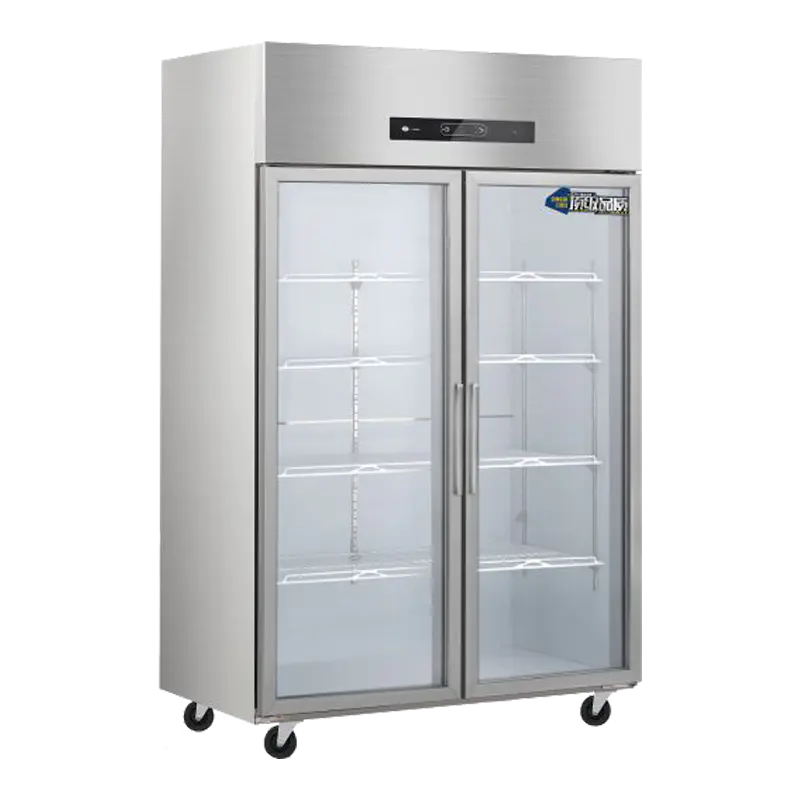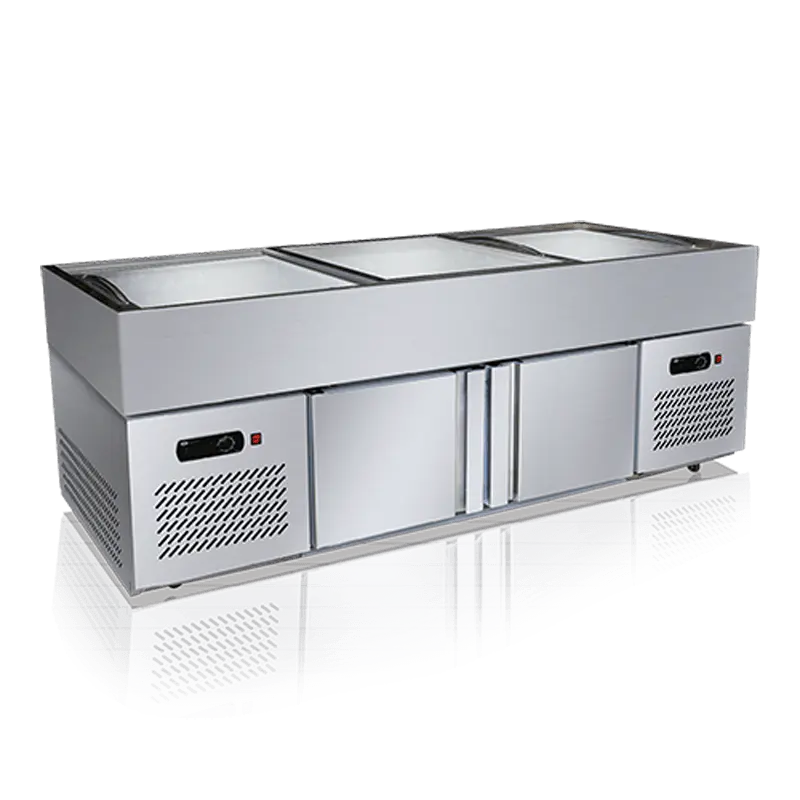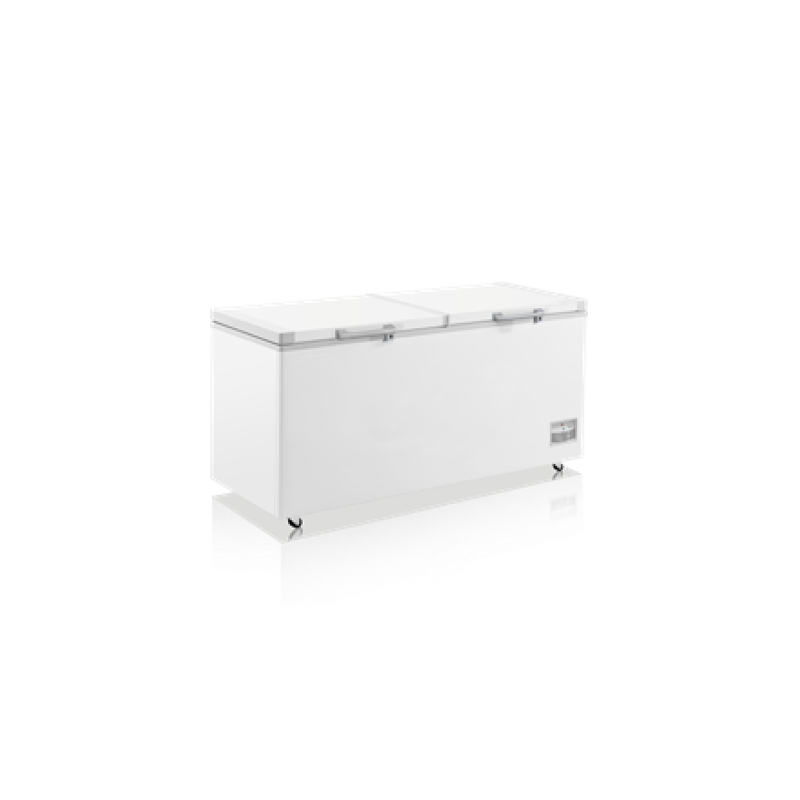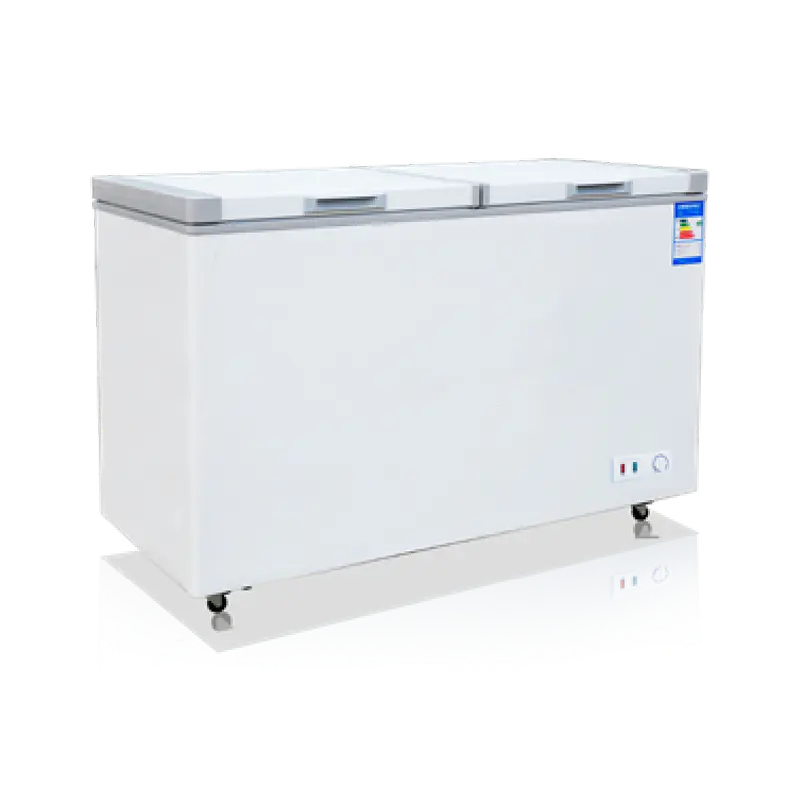Space inside a freezer is often more valuable than it appears at first glance. In commercial chest freezers, the internal layout and configuration of accessories play a decisive role in how effectively that space can be used. While storage volume is commonly highlighted in specifications, the actual utility of that volume depends on how well the space is organized and how accessible the contents are during high-frequency operation. Well-designed internal structures not only maximize usable space but also support better airflow, faster access, and improved product management in busy commercial environments.
The arrangement of baskets, dividers, and base grids inside a commercial chest freezer influences both operational efficiency and energy performance. Baskets suspended at the top level offer quick access to frequently used items without needing to reach deep into the unit. They also help avoid the stacking of lightweight items that might otherwise get damaged or lost. Adjustable dividers, meanwhile, allow the interior to be customized depending on the size and packaging of stored products. This flexibility is particularly beneficial for businesses that deal with varied inventory, such as restaurants or catering services that alternate between bulk meat, packaged meals, and frozen produce.
Airflow is another factor that’s often underestimated. A cluttered or poorly organized freezer can disrupt internal air circulation, leading to uneven cooling and potential cold spots. Smart layout design takes this into account by allowing clearance between sections, reducing the likelihood of temperature inconsistency. Uniform air distribution helps all stored items remain at safe temperatures, reducing the risk of thaw-refreeze cycles that could compromise food integrity. Efficient airflow also contributes to energy efficiency, since the compressor doesn’t need to work harder to maintain consistent internal conditions.
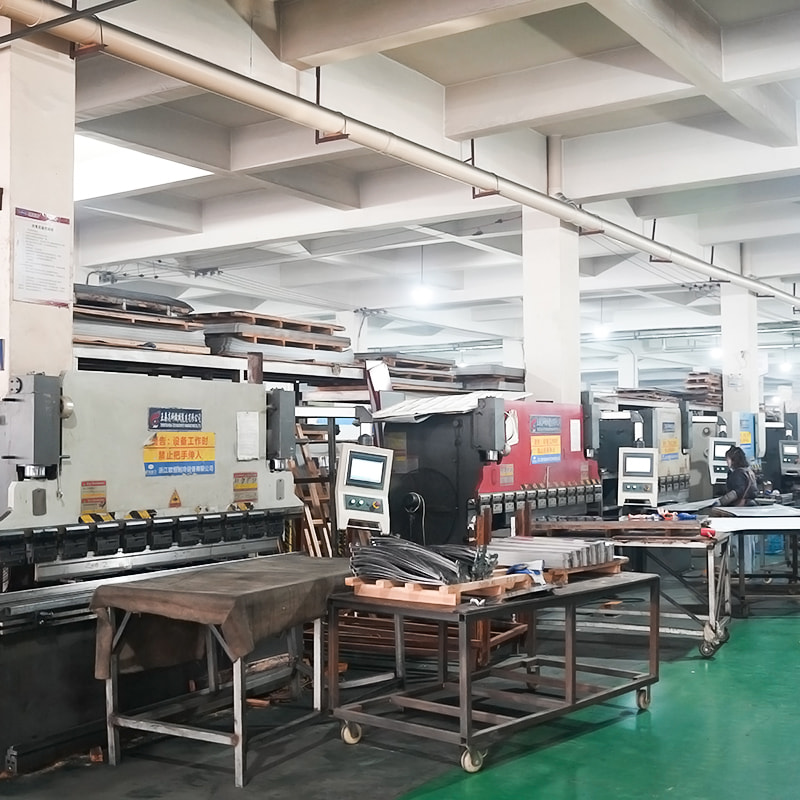
Materials and build quality of accessories directly affect both hygiene and longevity. Commercial chest freezers typically feature coated wire baskets or food-grade plastic dividers that are resistant to corrosion, easy to clean, and built to withstand regular handling. Surfaces that are smooth and free from complex seams reduce the chance of residue buildup and make sanitation faster. Accessories should also be robust enough to handle both heavy items and rapid loading during peak periods, which is why industrial-grade finishes are a standard in higher-end units.
Some advanced models integrate modular systems that allow users to reposition or remove baskets without tools, further enhancing adaptability. This becomes especially useful in businesses with seasonal menu shifts or variable stock levels, where storage needs can change weekly. By enabling internal reconfiguration, these features help extend the usability of the freezer across a broader range of applications, which translates into better return on investment over time.
Clear visibility inside the compartment also matters. Internal lighting—often LED-based—helps operators quickly identify contents without prolonged door opening, which supports energy conservation. Transparent lids or sliding glass panels in some commercial models further assist in visual management, allowing workers to locate items without unnecessary searching or handling. These seemingly small enhancements contribute to operational flow and reduce the chance of human error during inventory rotation or restocking.
Commercial chest freezers that offer thoughtful interior design and accessory options give businesses a practical edge. Every component, from the baskets to the airflow channels, is engineered to create a more efficient and user-friendly storage solution. As a manufacturer focused on real-world usability, we understand that a freezer is not just a storage box—it’s a core part of your workflow. That’s why we build our products to not only meet technical performance standards, but also to support your team in managing cold storage with confidence and convenience.


 English
English русский
русский Español
Español عربى
عربى

